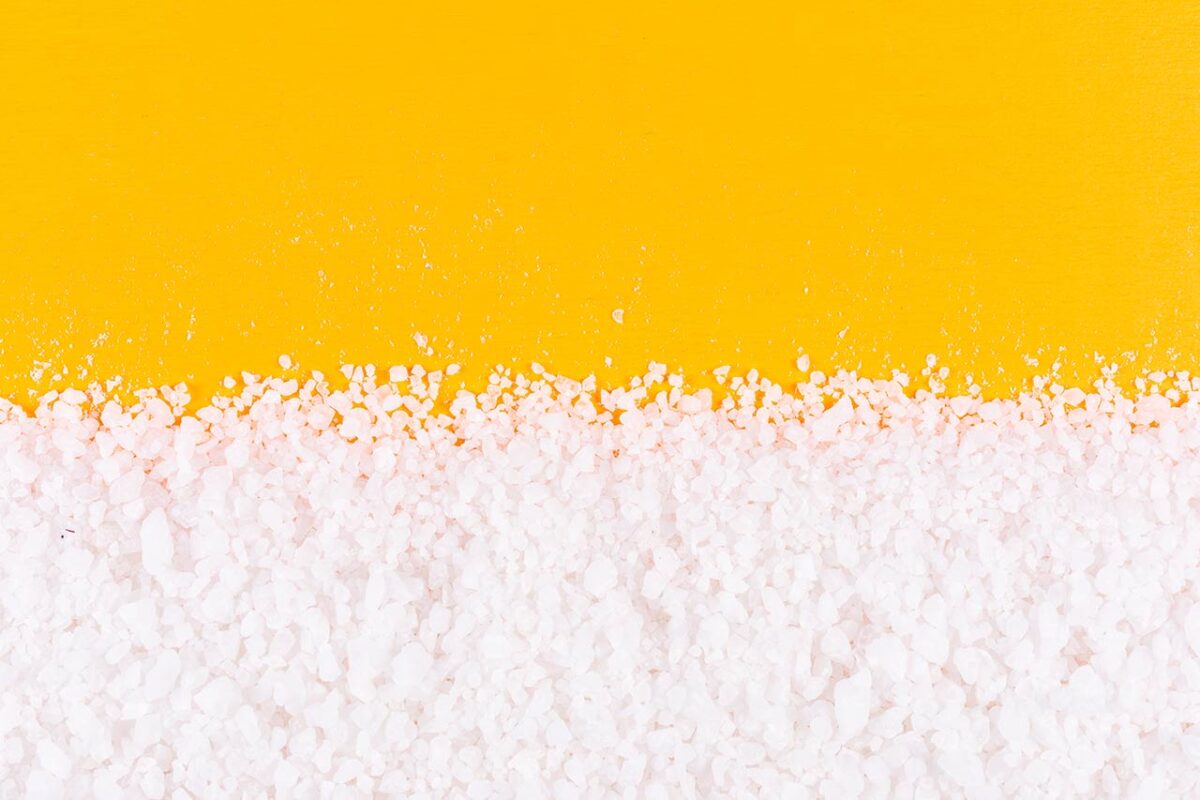Salt is simply another name for sodium chloride. About 40 percent of table salt is made up of sodium, a mineral that the body uses to help regulate blood pressure and maintain the electrochemical balance that neurons need to transmit electrical impulses and muscles need to contract. However, the average American woman consumes more salt than her body requires, sometimes as much as double her recommended intake. Too much salt can be just as dangerous as having too little salt since high sodium intake is linked to a variety of serious medical conditions.
Intake Recommendations
The Institute of Medicine’s Food and Nutrition Board recommends that women between the ages of 19 and 50, including pregnant and nursing women, should not consume more than 3.8 grams of salt a day. This amount is equivalent to 1,500 milligrams of sodium, or the amount provided by more than half a teaspoon of salt. Older women between the ages of 51 and 70 should have less–only 3.3 grams of salt or 1,300 milligrams of sodium daily. Women over 71 years old require even less than that–3.0 grams of salt or 1,200 milligrams of sodium per day.
Risks of Excessive Salt Intake
Women who regularly consume more salt than their recommended daily allowance–and therefore, consume more sodium than recommended–are more likely to develop high blood pressure, osteoporosis, gastric cancer, kidney stones, kidney disease, stroke and congestive heart failure. Women who suffer from diabetes, any kidney disorder, cirrhosis or heart disease need to be especially careful not to eat too much salt since these conditions already decrease the body’s ability to keep sodium and fluid levels balanced. If her sodium level rises too high, a woman with one of these medical problems may experience a potentially serious build-up of excess fluid in her blood and cellular tissue.
Lowering Salt Intake
If you’re a woman trying to control sodium intake, limiting the amount of salt you use daily is a good first step. Instead of using salt to flavor your food during cooking or eating, try herbs, spices, lemon juice, flavored vinegar, or salt-free seasoning blends instead. When you’re eating out, ask for low-sodium options or request that your food be prepared without salt. Avoid processed or prepackaged foods as much as possible in favor of fruit, vegetables, whole grains, and fresh meat. When you use canned goods, pick low- or no-sodium brands and rinse canned items such as beans in a colander before preparation.


